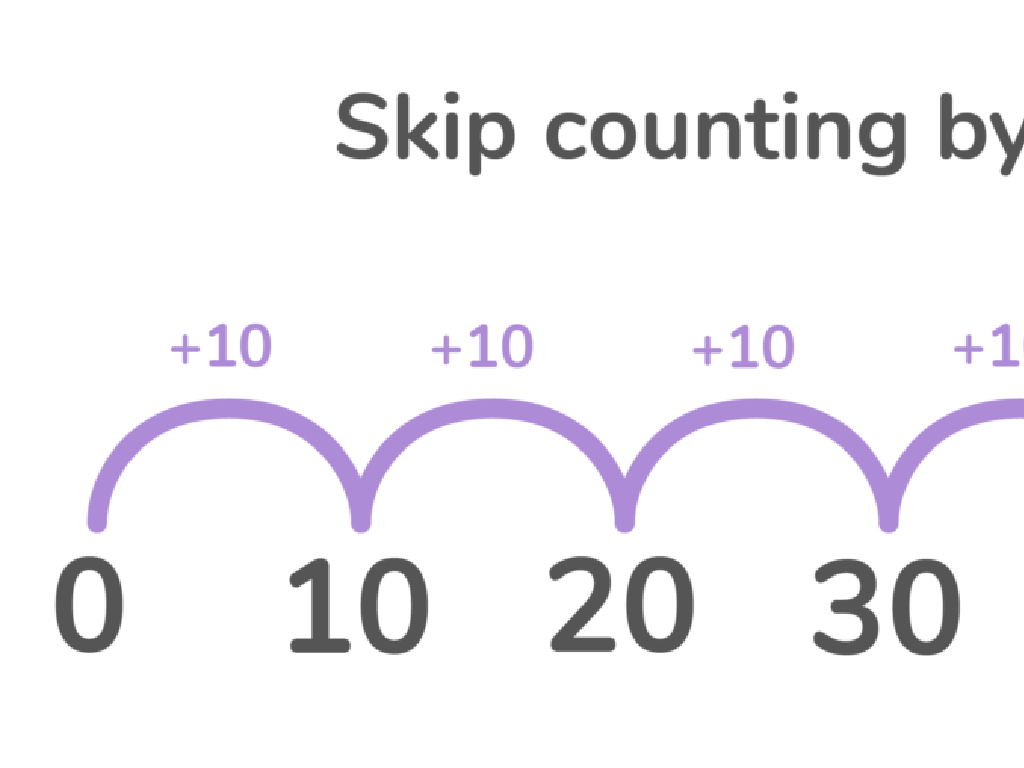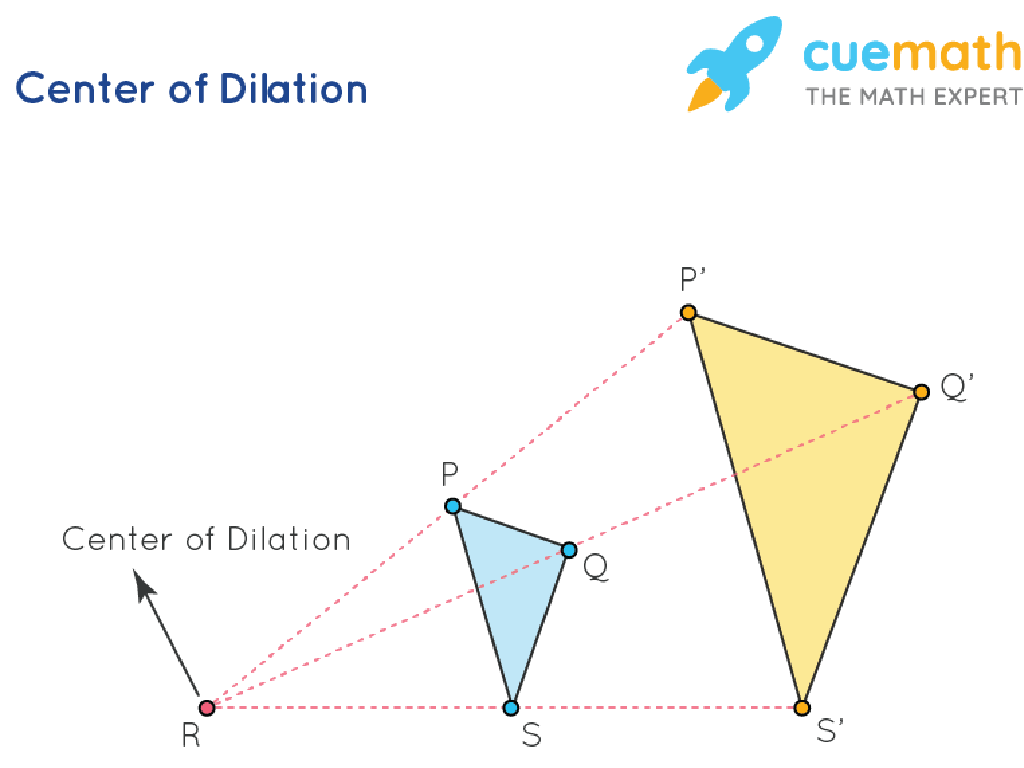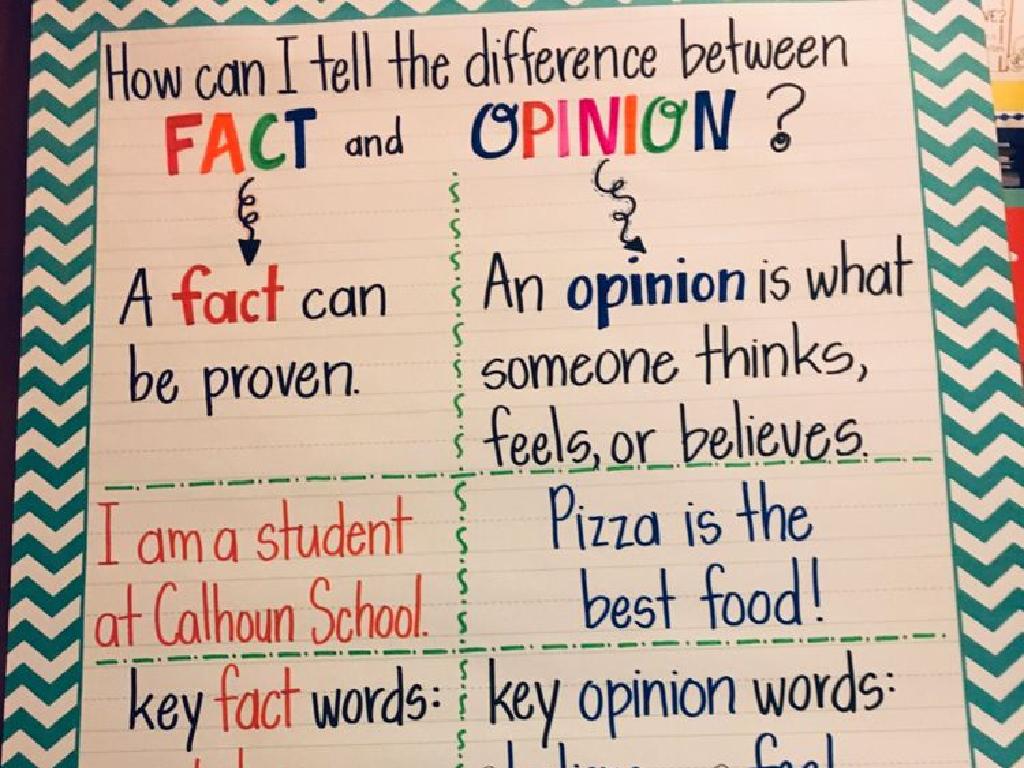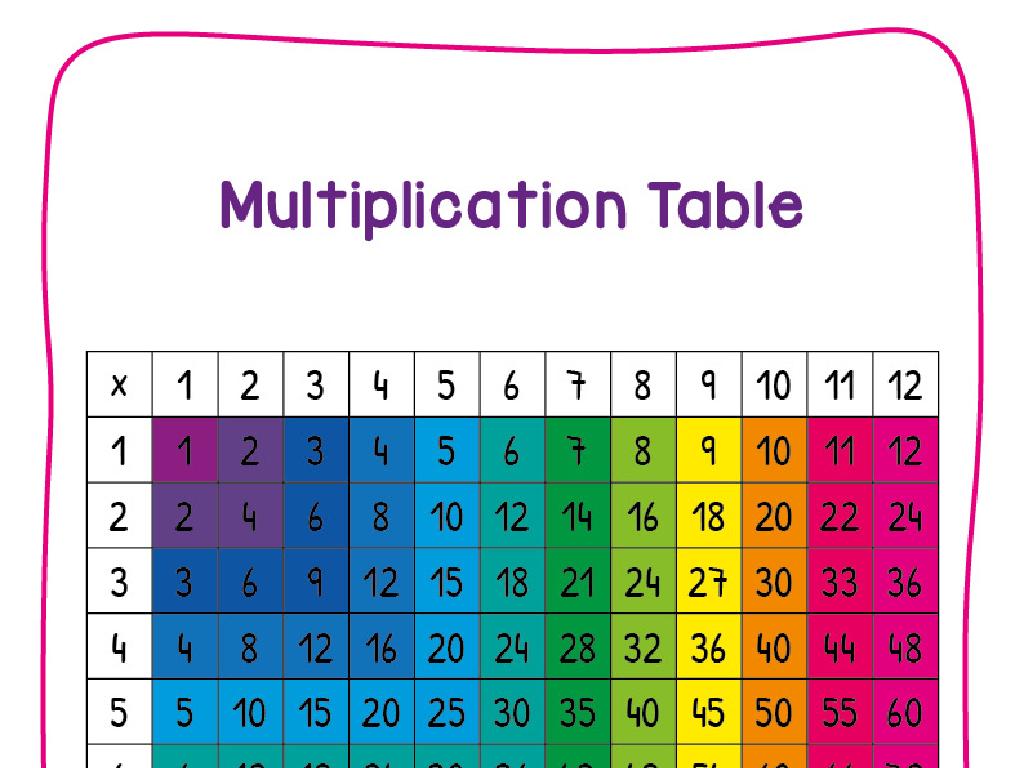Classify Logical Fallacies
Subject: Language arts
Grade: Sixth grade
Topic: Persuasive And Opinion Writing
Please LOG IN to download the presentation. Access is available to registered users only.
View More Content
Classifying Logical Fallacies in Persuasive Writing
– What is persuasive writing?
– Persuasive writing aims to convince readers to accept a point of view.
– Exploring logical fallacies
– Fallacies are common errors in reasoning that weaken arguments.
– The impact of fallacies on arguments
– Fallacies can mislead readers and undermine the writer’s credibility.
– Strengthening our reasoning skills
– Learning to identify fallacies helps us build stronger, more convincing arguments.
|
This slide introduces students to the concept of persuasive writing and the importance of logical reasoning. Begin by explaining persuasive writing as a style that aims to convince others of a particular viewpoint or action. Highlight that logical fallacies are mistakes in reasoning that can invalidate an argument. Discuss why avoiding these fallacies is crucial for maintaining the strength and credibility of their writing. Emphasize that understanding and identifying logical fallacies is a key skill in crafting compelling arguments. Encourage students to think critically about the arguments they encounter and to practice identifying fallacies in everyday situations as well as in written texts.
Understanding Logical Fallacies
– Define logical fallacy
– A mistake in reasoning that weakens an argument.
– Impact on argument strength
– They make arguments less convincing.
– Examples of common fallacies
– Ad hominem: attacking the person, not the argument. Strawman: misrepresenting someone’s argument to make it easier to attack.
– Recognizing fallacies in use
– Learn to spot these errors in everyday discussions and debates.
|
This slide introduces the concept of logical fallacies to students, explaining that they are errors in reasoning that undermine the logic of an argument. Emphasize that recognizing these fallacies is crucial for critical thinking and for constructing strong arguments. Provide clear examples for each type of fallacy mentioned, and encourage students to think of additional examples from their experiences or current events. The goal is for students to understand that logical fallacies can easily sway opinions and to equip them with the skills to identify and avoid them in persuasive writing and debates.
Types of Logical Fallacies
– Ad Hominem Fallacy
– Attacking the person instead of their argument. Example: ‘You’re not a chef, so your opinion on food is irrelevant.’
– Straw Man Fallacy
– Misrepresenting someone’s argument to make it easier to attack. Example: ‘He wants to improve the park, but I think we shouldn’t turn it into an amusement park.’
– Bandwagon Fallacy
– Believing a claim because everyone else does. Example: ‘If all my friends are skipping homework, it must be okay.’
|
This slide introduces students to common logical fallacies that can undermine the strength of an argument. An ad hominem fallacy occurs when someone attacks the person making the argument rather than the argument itself, which diverts the discussion away from the actual issues. The straw man fallacy involves misrepresenting an opponent’s argument to make it easier to challenge. The bandwagon fallacy is the belief that something must be true or right because it is popular. Encourage students to look for these fallacies in everyday discussions, advertisements, and debates to better understand how arguments can be manipulated. Discuss each fallacy in detail and provide contemporary examples that students can relate to, such as social media trends or school scenarios.
Identifying Logical Fallacies
– Spotting fallacies in arguments
– Look for errors in reasoning that weaken arguments.
– Analyzing examples as a class
– We’ll review examples together to identify common fallacies.
– Developing critical thinking skills
– Learn to question and evaluate the strength of an argument.
– Understanding beyond fallacies
– Recognize the importance of strong reasoning in persuasive writing.
|
This slide introduces students to the concept of logical fallacies, which are mistakes in reasoning that weaken arguments. Students will learn how to spot these errors in everyday discussions and debates. By analyzing examples together, the class will identify common fallacies and understand their impact on the validity of an argument. Developing critical thinking skills will enable students to go beyond simply identifying fallacies and will help them to construct stronger, more persuasive arguments in their own writing. Encourage students to ask questions and to think deeply about the reasoning behind opinions and arguments they encounter.
Logical Fallacies in Media
– Spot fallacies in ads
– Identify misleading claims or illogical arguments in commercials.
– Assess campaign statements
– Analyze politicians’ promises to find unsupported or exaggerated claims.
– Discuss fallacies’ persuasive power
– Why do you think people believe these? What makes them convincing?
– Critical thinking activity
|
This slide aims to educate students on the presence of logical fallacies in various media and how they can be used to persuade the public. Students will learn to critically analyze advertisements for misleading claims and evaluate political statements for unsupported arguments. The discussion is designed to prompt students to think about the psychological impact of these fallacies and why they can be convincing to many people. As a critical thinking activity, students can bring examples of ads or political statements they believe contain logical fallacies and explain their reasoning to the class. This will help them apply their knowledge in real-world contexts and understand the importance of critical thinking in media consumption.
Class Activity: Fallacy Detectives
– Break into detective groups
– Analyze your assigned statements
– Look for errors in reasoning within the statements
– Classify any logical fallacies
– Identify types of fallacies: ad hominem, red herring, etc.
– Present findings to the class
|
In this interactive class activity, students will work in small groups to become ‘Fallacy Detectives.’ Each group will receive different statements and will analyze them to find and classify logical fallacies. This exercise helps students understand how arguments can be weakened by flawed reasoning. As a teacher, facilitate the formation of groups and ensure each has a set of statements. Provide guidance on identifying common fallacies such as ad hominem attacks, straw man arguments, and false dilemmas. After the analysis, each group will present their findings, explaining the fallacies they discovered. Encourage the class to discuss and ask questions about each presentation for a collaborative learning experience.
Wrapping Up: Logical Fallacies & Critical Thinking
– Recap of logical fallacies
– Why critical thinking matters
– It helps us argue better and spot false arguments
– Homework: Spot a fallacy in media
– Find an example of a logical fallacy in a news article, ad, or TV show
– Share your findings tomorrow
– Write a paragraph about the fallacy and how it affects the message
|
This slide aims to summarize the lesson on logical fallacies and emphasize the importance of critical thinking in persuasive writing. Students should understand that logical fallacies can weaken arguments and that recognizing them is a key skill in analyzing persuasive texts. For homework, students are tasked with identifying a logical fallacy in a piece of media, which will help them apply what they’ve learned in a real-world context. Encourage them to explain how the fallacy they find impacts the overall message of the media piece. This activity will reinforce their understanding and prepare them for further discussions on persuasive techniques.






